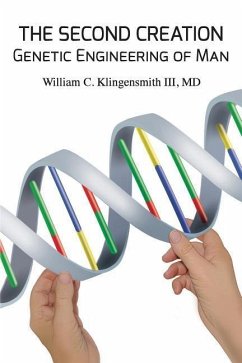It has been said that no new technology has ever gone unused. Clearly, the new technology of genetic engineering will be no exception. Already it is being utilized to change the genetic blueprint of bacteria, plants and some animals, and every advance is scrutinized for possible application in man. This new science is changing forever the way we think of life, not just at the molecular level, but at all levels of organization. The intent of this book is to explore, in the format of a novel, the choices, as well as the lack of choice, that are presented by this exceptional biotechnology. As genetic engineering matures over the next years and decades, it will become feasible to engineer the genes of future generations of mankind with ever-increasing precision. While previous seminal advances in technology such as written language, mathematics, electricity, manned flight, nuclear energy, and the computer have all given man astounding and powerful new tools, it is genetic engineering that will give man, for the first time, the tools to redesign man himself. Despite the extraordinarily high stakes, recognized in the National Institutes of Health's decision to publicly disseminate proposals for scientific research in this area, the national debate has, to this point, been limited and unfocused. It is hoped that this book will help inform members of the general public of the nature of genetic engineering and of its potential and probable uses so that the societal decisions, which eventually must be made, can be based on reason and understanding, and result in the greatest possible good.
Hinweis: Dieser Artikel kann nur an eine deutsche Lieferadresse ausgeliefert werden.
Hinweis: Dieser Artikel kann nur an eine deutsche Lieferadresse ausgeliefert werden.








